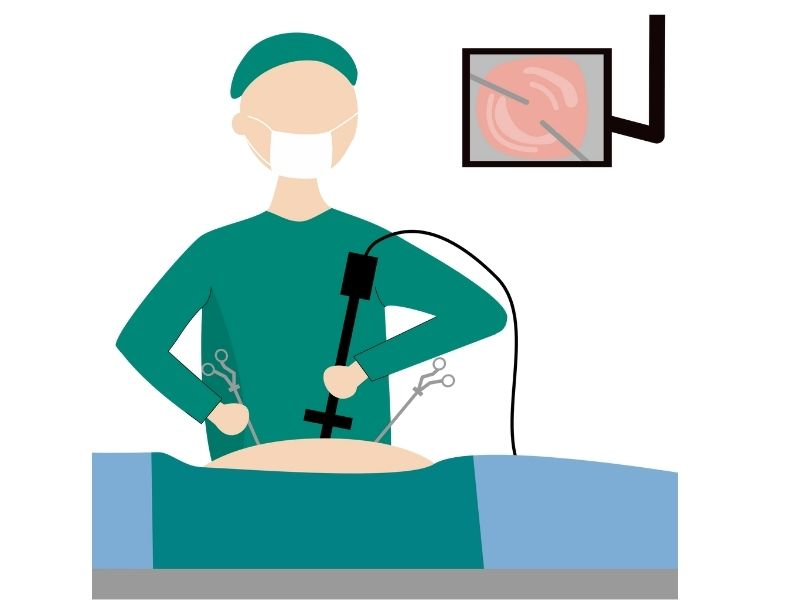Metabolic Syndrome; Stating that it is a very common health problem in our country and in the world, which is increasing with the widespread use of fast-food nutrition culture and smoking with sedentary lifestyle, Obesity and Metabolic Surgery Specialist Op. Dr. Türker Karabuğa said, “As the prevalence of obesity increases, metabolic syndrome has started to be seen frequently in young and pediatric individuals.”
Risk Factors
Giving information about the risk factors in metabolic syndrome, Op. Dr. Türker Karabuğa said, “It is diagnosed when a person has three or more of the risk factors and the risk of cardiovascular disease also increases in the presence of metabolic syndrome. Metabolic syndrome risk factors include high blood sugar (diabetes), low levels of HDL (good) cholesterol in the blood, high levels of triglycerides in the blood, large waist circumference or “apple-shaped” body, high blood pressure (hypertension). Although each of these is a risk factor for cardiovascular disease, if a person has three or more and is diagnosed with metabolic syndrome, the chances of developing a serious cardiovascular condition increase. For example, high blood pressure is a major risk factor for cardiovascular disease, but when combined with high fasting blood glucose levels and abdominal obesity (large waistline), the chances of developing cardiovascular disease are even higher.”
Weight Loss is Important
Noting that the key to reversing metabolic syndrome and regaining health is through weight loss, Op. Dr. Türker Karabuğa said, “Large waist circumference increases cholesterol and blood pressure, as well as foods that cause weight gain lead to impaired insulin secretion, leading to diabetes. Thousands of patients I have operated on for years were patients who had previously tried diet and sports but could not achieve success or stability in weight loss. In individuals with metabolic syndrome; the possibility of weight loss with diet and sports is almost impossible. The most or even the only effective way to combat obesity and comorbidities is bariatric surgery operations under today's conditions.”
How to Measure Waist Circumference at Home?
Obesity is a complicated disease with overweight and excess fat. It is possible to understand that your fat ratio threatens your health with a simple measurement. Measure the thinnest part of your waist with a tape measure. Then measure the widest part of your hip area. If the waist circumference/hip circumference ratio is 1 and greater than 1 in men and 0.8 and greater than this value in women, your risk of metabolic syndrome is very high.








